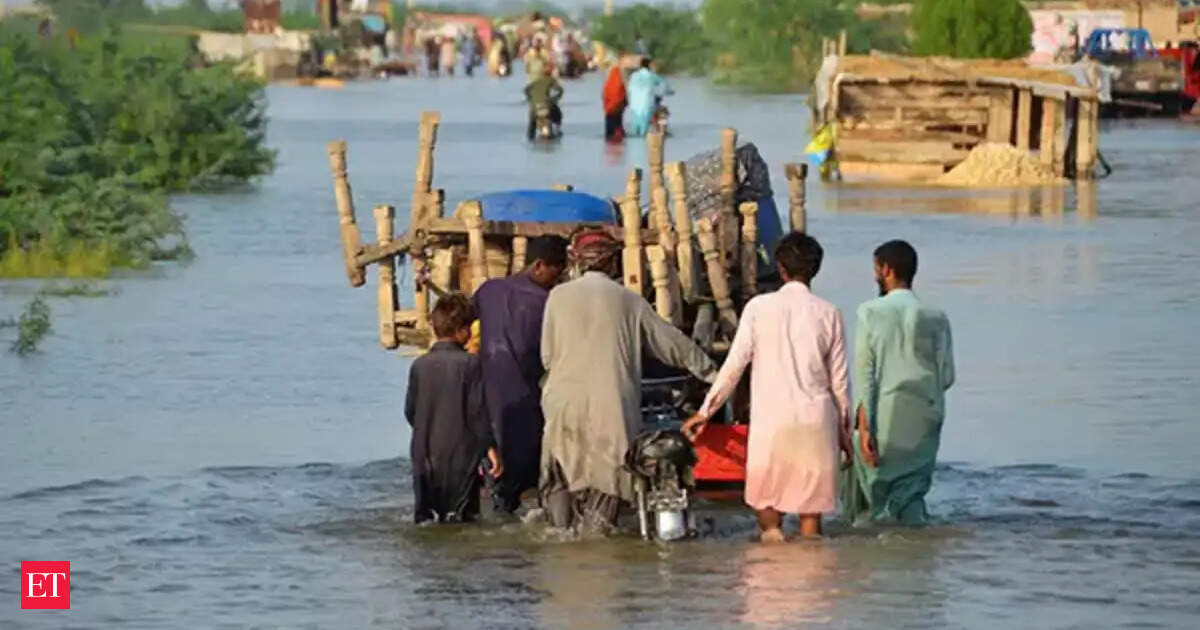Now Reading: Heavy Rains Claim Over 150 Lives in Pakistan and PoK
-
01
Heavy Rains Claim Over 150 Lives in Pakistan and PoK
Heavy Rains Claim Over 150 Lives in Pakistan and PoK

Quick Summary
- at least 154 people were killed and several injured in Pakistan and Pakistan-occupied Kashmir (PoK) over the past 24 hours due to heavy rains.
- Torrential rains caused flash floods in khyber Pakhtunkhwa province and parts of PoK, damaging infrastructure like buildings, roads, and bridges.
- Key areas affected include districts like Buner (75 deaths), Mansehra (17 deaths), Bajaur (18 deaths), batagram (18 deaths), Lower Dir, swat, Shangla, Ghizer district in PoK, Neelum Valley, Jhelum Valley, among others.
- Over 125 casualties were reported in Khyber Pakhtunkhwa alone since Thursday night with scores still missing; search operations are ongoing under Provincial Disaster Management Authority supervision.
- Pakistan Army is conducting relief operations in heavily impacted areas such as Swat and Bajaur by relocating residents to safer locations.
- Infrastructure damage includes blocked Karakoram Highway and Baltistan Highway and also destroyed homes, schools, health units, vehicles. Tourists stranded at attractions such as Ratti Gali Lake have been advised to stay put for safety.
- Neelum River rising rapidly prompted authorities to issue a flood warning; families on riverbanks are being relocated. Landslides also claimed lives by destroying homes in regions like Muzaffarabad district.
For more context on monsoon-related challenges:
As late june’s onset of monsoons across the region:
– Total fatalities reached over 325 persons nationally already NDMA said Till now
Indian Opinion Analysis
The situation resulting from widespread flash floods highlights a meaningful vulnerability faced by South Asia during the annual monsoon season. Apart from alarming humanitarian implications for those affected within Pakistan-administered territories-such disasters underline systemic inadequacies around disaster resilience planning prevalent throughout the region.
From an Indian viewpoint high intensified Data increasingly showcases Certain monitoring collaborative transparency adjacency preparedness plans shared basin-dynamics
























